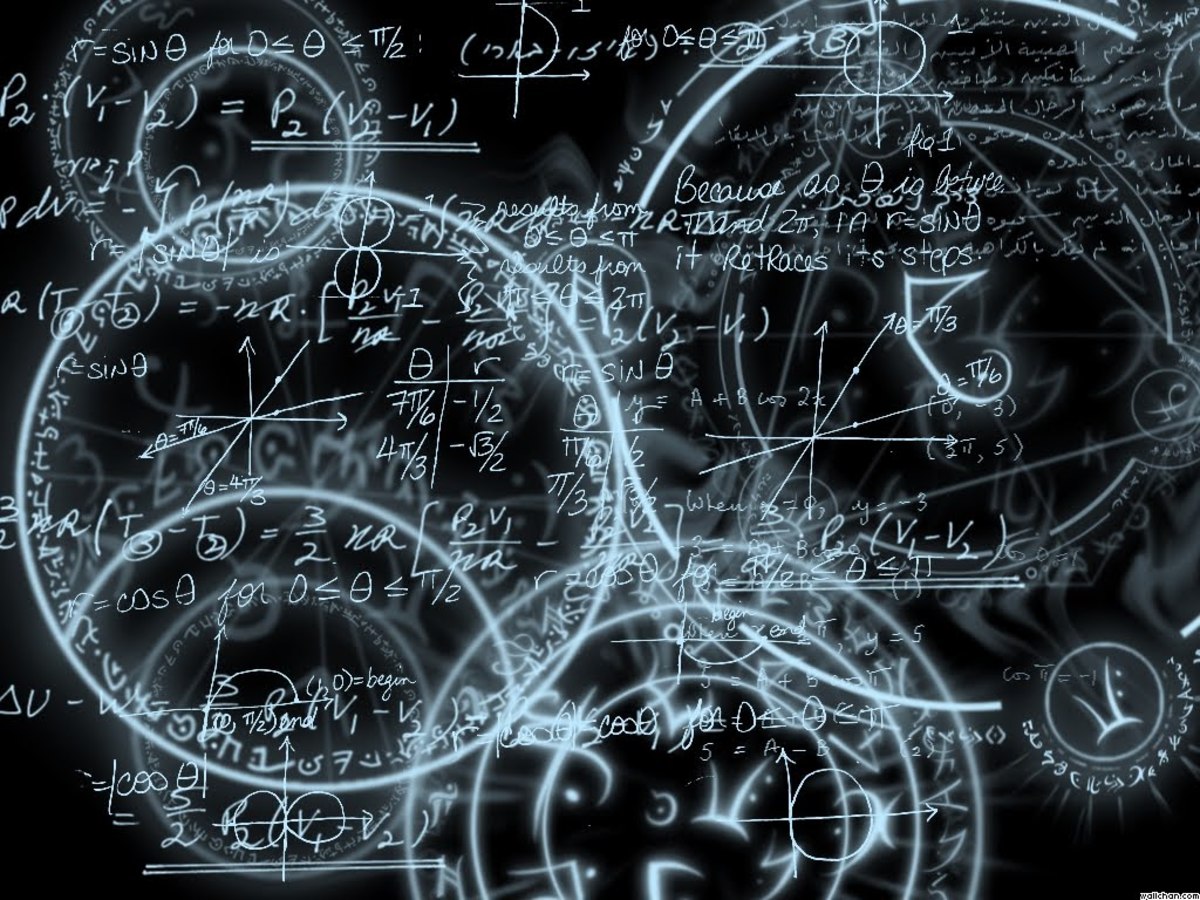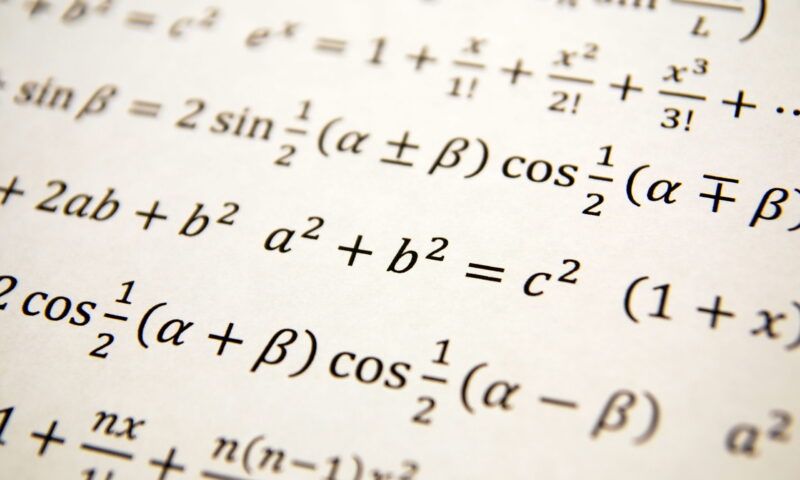Learning mathematical analysis can be a challenging endeavor for many students. The abstract concepts and rigorous logical reasoning required in this subject often pose difficulties that can be hard to overcome.
However, with the right strategies in place, students can navigate these obstacles and achieve success in their studies. By breaking down complex problems into smaller, more manageable parts, seeking help from teachers or peers, and practicing regularly, individuals can improve their understanding and mastery of mathematical analysis.
In this article, we will explore some effective strategies for overcoming the difficulties commonly encountered in learning this challenging subject.
Identifying and addressing foundational gaps in understanding

In order to effectively address challenges in learning mathematical analysis, it is essential to first identify and rectify any foundational gaps in understanding that may be hindering progress. These gaps can manifest in various forms, such as a lack of familiarity with key concepts, insufficient practice with problem-solving techniques, or confusion about the interconnected nature of mathematical principles. By taking the time to pinpoint and rectify these gaps, learners can build a solid foundation upon which to further develop their mathematical analysis skills.
This process may involve revisiting basic concepts, seeking clarification from instructors or peers, or engaging in additional practice to strengthen foundational knowledge. Ultimately, a thorough understanding of the fundamental principles of mathematical analysis is crucial for success in more advanced mathematical studies.
Breaking down complex concepts into manageable parts

Breaking down complex concepts into manageable parts is a key strategy for overcoming difficulties in learning mathematical analysis. By breaking down the material into smaller, digestible chunks, students can better understand and absorb the information.
It allows them to focus on mastering one concept at a time before moving on to the next, leading to a stronger foundation in the subject. This approach also helps to prevent overwhelm and frustration, as students can tackle each part independently before putting it all together.
By breaking down complex concepts into manageable parts, students can build their understanding gradually and confidently navigate the challenges of mathematical analysis.
Utilizing visual aids and diagrams to enhance comprehension

In the realm of mastering mathematical analysis, incorporating visual aids and diagrams can be a game-changer for enhancing comprehension. When faced with complex concepts and calculations, sometimes words alone can fall short in facilitating understanding.
Visual representations can provide a different perspective and break down difficult concepts into more digestible parts. By supplementing text with visuals, learners can better grasp abstract theories and see the connections between different components of a problem.
Whether its a graph illustrating a functions behavior or a geometric diagram showcasing relationships between shapes, visual aids can bring clarity to the subject matter and make it more accessible to students. In this way, utilizing visual tools alongside traditional textual explanations can bridge the gap between confusion and clarity, empowering learners to overcome obstacles in mathematical analysis with a more multifaceted approach.
Conclusion
In conclusion, mastering mathematical analysis can be a challenging task, but with the right strategies and dedication, it is certainly achievable. By breaking down complex concepts, seeking help when needed, practicing regularly, and engaging with challenging exercises on notable limits, students can overcome difficulties and develop a strong understanding of the subject. It is important to approach learning mathematical analysis with a positive attitude and a willingness to persevere through challenges, as these qualities are key to success in mastering this intricate field of mathematics.
By implementing these strategies and remaining committed to their studies, students can build a solid foundation in mathematical analysis that will serve them well in their academic and professional pursuits.


